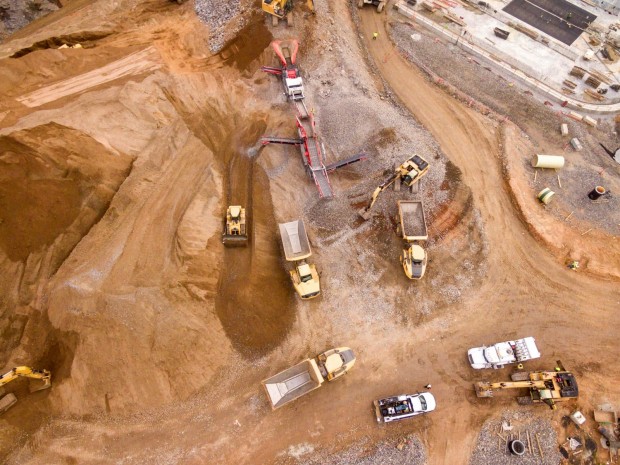GEA has initiated a cutting-edge technology center dedicated to alternative proteins to enhance sustainability. This center, powered by renewable energy, reportedly aligns with GEA's goal of achieving net-zero operations by 2040 and supporting sustainable food production practices.

(Photo : Unsplash/Shane McLendon)
Construction of GEA's Cutting-Edge Technology Center
The development of GEA's technological center for alternative proteins has commenced in Janesville, Wisconsin, in the United States of America. During the groundbreaking ceremony on Wednesday, May 8, Arpad Csay, who is in charge of GEA's new food activities in North America, stated that this investment exemplifies our dedication to fostering innovation and an environmentally responsible approach within the food business.
It is anticipated that the facility would start operating in the year 2025. Moreover, the project's primary objective is to increase the production of innovative foods derived from plants, microorganisms, and cells. By providing these complementary proteins and constituents to manufacturers of conventional animal-based products, GEA hopes to assist them in meeting consumer demand.
On the other hand, GEA's dedication to sustainable and inventive technologies is exemplified by including the new plant in Janesville, which will strengthen an already established production facility there. In addition to enhancing the region's appeal for collaborative research projects and other services, the center is anticipated to strengthen the grassroots economy by diversifying the industries located outside the local area. The company will help reduce the environmental effects of food production and improve food security by acting as a scaling collaborator for market participants in this field.
Additionally, the 1,200-square-meter structure will be powered exclusively by renewable sources. When it comes to building technology and process equipment, for example, heat pumps and systems powered by electricity will eventually replace the natural gas traditionally used. By exceeding the energy demand by a minimum of 25%, a ground-mounted photovoltaic system is projected to produce 290 MWh of electricity annually.
Also, extra energy will be incorporated into the power grid. Considering the future growth of process demands, this photovoltaic system is expandable, allowing for the continued production of renewable energy. Accordingly, GEA's objective to achieve net-zero operations by 2040 is emphasized by this setup.
Also Read: 7 Expert Techniques for Storing Your Construction Materials Safely
Net-Zero Goal of GEA
Environmental sustainability has been a long-standing mission of the GEA, which adheres to science-based objectives and supports the worldwide transition to an economy with net-zero emissions. GEA started an aggressive climate plan in 2021, and in 2023, they enhanced the intensity of their efforts and extended their goals even further. They have established the subsequent climate targets in adherence to the Science Based Target Initiative (SBTi) to constrain the extent of global warming attributable to greenhouse gas (GHG) emissions.
As mentioned, the organization proactively reduced the greenhouse gas footprint of its sites and activities while providing customers with products that exhibit enhanced performance and resource efficiency. As an illustration, the technology and solutions are helping to pave the way for the decarbonization of the pharmaceutical and food industries.
Furthermore, GEA has invested in climate protection initiatives that reduce greenhouse gases, improve the local environment, and address community social problems since 2021. However, these compensatory measures are not included in their climate targets and will be gradually reduced as a result of the successful execution of the Climate Transition Plan 2040. The company's initiatives promote water conservation, education, employment generation, and renewable energy in multiple local communities.
Related Article: Innovative Concrete: How Crushed Shells Are Revolutionizing Sustainability







